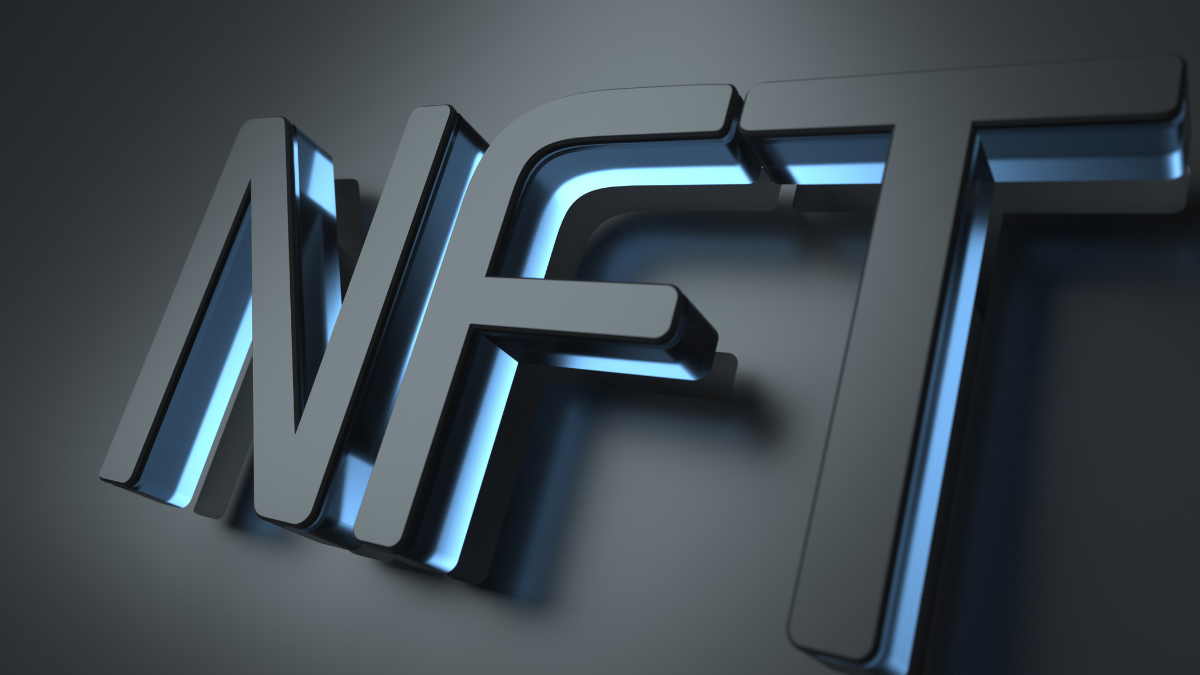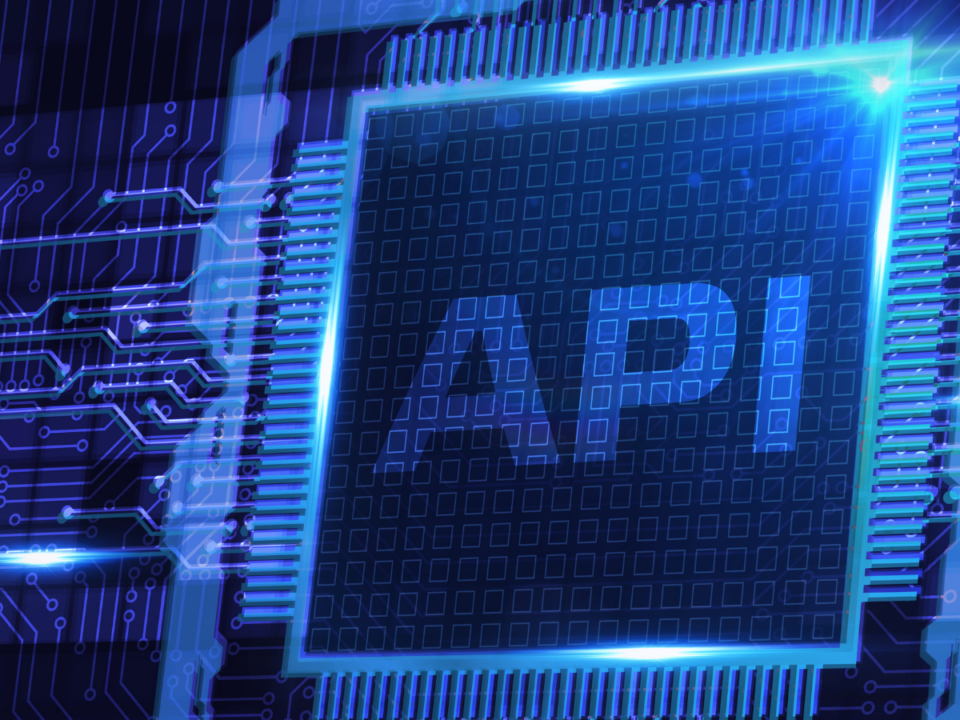
The world of finance is undergoing a transformation, driven by the adoption of blockchain technology and the innovative concept of asset tokenization. Tokenization refers to the process of creating a token on a blockchain that represent an asset. These tokens can stand for various assets including traditional tangible assets (such as agriculture, real estate or mining commodities, artworks), financial assets (equities, bonds) or nontangible assets such as digital art and other intellectual property. This ground breaking process allows real-world assets to be represented as digital tokens on a blockchain, offering a range of benefits from increased liquidity to simplified ownership. But how does this intricate process unfold? Let’s dive into the stages that define asset tokenization.
1. Asset Identification and Structuring
The journey commences when the owner or issuer of an asset recognizes the potential advantages of tokenization for a specific asset or use case. Crucially, this step involves determining the structure of the asset to be tokenized, as these details profoundly impact the entire process. For instance, tokenizing a money market fund is a different endeavor compared to tokenizing a carbon credit. It’s essential to evaluate whether the asset will be categorized as a security or commodity, which regulatory frameworks will apply, and which partners will participate in the venture.
2. Token Creation and Secure Storage
With a clear plan in place, the creation of a digital representation on a blockchain is set in motion. This commences by immobilizing any physical asset associated with it, typically involving the transfer of the asset to a secure location. Often, this control location is managed by a qualified custodian or licensed trust company. Subsequently, a digital representation of the asset takes shape on a blockchain, manifesting as a token, complete with embedded functionality. This functionality is essentially code that enforces predefined rules. The asset owner plays a pivotal role in this phase, making choices such as selecting a specific token standard (e.g., ERC-20 or ERC-3643), choosing a network (public or private blockchain), and deciding on compliance-related functions to embed (e.g., user transfer restrictions, freeze capabilities, and clawbacks). The implementation of these choices is expertly executed by the chosen tokenization provider. Once the digital assets are fashioned, they find a secure haven in the custody of a custodian or specialized broker-dealer, awaiting distribution.
3. Token Distribution and Trading
The digital asset’s journey continues with distribution to end investors through traditional or innovative channels, which may include digital asset exchanges. Investors or their representatives are required to set up accounts or wallets to house the digital asset, while the equivalent physical asset remains securely immobilized within the issuer’s omnibus account, guarded by a traditional custodian. This stage often calls for the involvement of a distributor, often represented by entities like a large bank’s private wealth division. It might also entail collaboration with a transfer agent or specialized broker-dealer to facilitate the smooth movement of assets. Depending on the issuer’s preferences and the nature of the asset, consideration may be given to incorporating a secondary trading platform, such as an alternative trading system (ATS), to establish a liquid market for tokenized assets post-launch. However, some issuers may opt to forgo secondary trading venues to prevent unwarranted price fluctuations that could trigger portfolio markdowns.
4. Asset Management and Data Reconciliation
A tokenized digital asset, now in the hands of end investors, necessitates ongoing management. This encompasses a wide range of tasks, including regulatory compliance, tax reporting, accounting reporting, notifications of corporate actions, and periodic calculations of net asset value (NAV). The specific nature of this management varies depending on the asset type. For instance, servicing carbon credit tokens involves different auditing processes than managing fund tokens. Effective asset management entails meticulous reconciliation of both off-chain and on-chain activities, as well as the integration of extensive data sources.
It’s important to note that the current tokenization process can be complex, often involving as many as nine parties, including the asset owner, issuer, traditional custodian, tokenization provider, transfer agent, digital custodian or specialized broker-dealer, ATS, distributor, and end investor. This represents an expansion of two parties beyond the traditional asset process. Furthermore, many tokenized assets continue to exist in both physical and digital forms, each possessing its own set of data systems requiring synchronization and distinct servicing requirements.
In conclusion, asset tokenization is a transformative process, reshaping the landscape of finance by digitizing real-world assets. It introduces efficiency, accessibility, and liquidity, but it also demands meticulous planning, collaboration, and management to navigate its complexities successfully. As the financial world continues to evolve, asset tokenization is poised to play an increasingly pivotal role in shaping the future of investment and ownership.
For further information or advice, please do not hesitate to contact us at info@ctalaw.net or theo.antoniou@ctalaw.net



